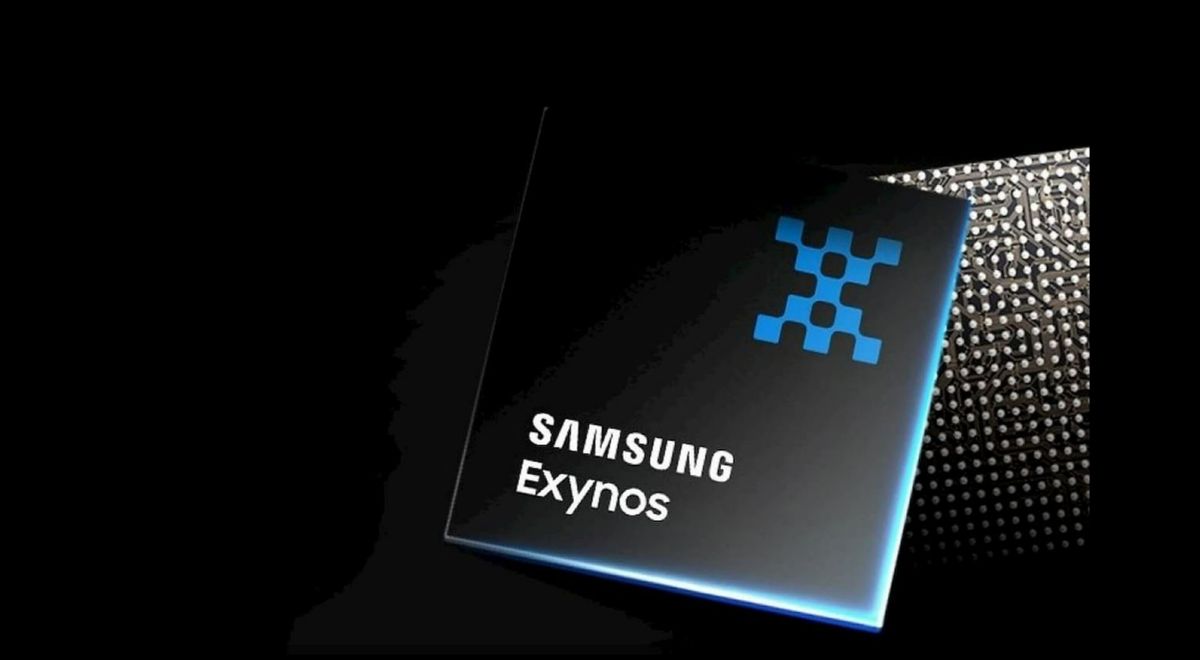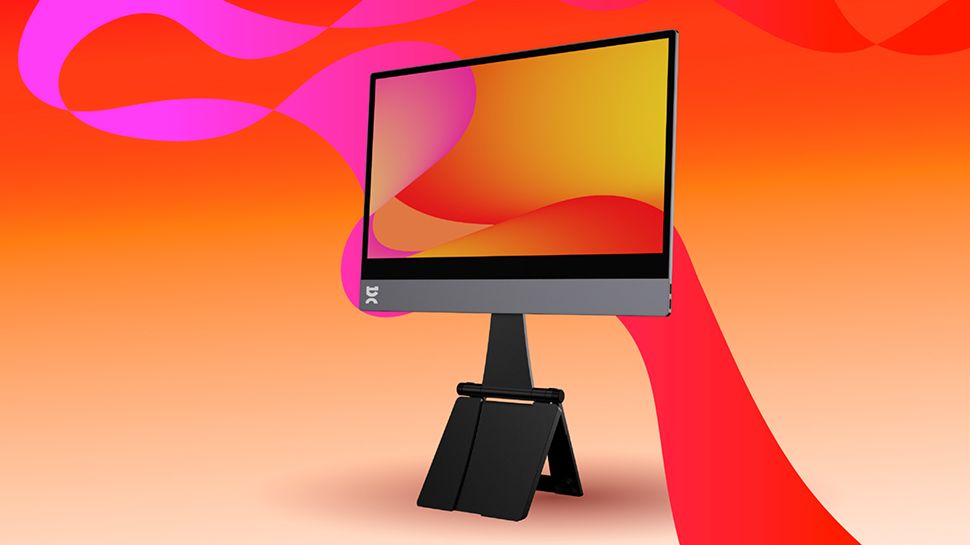Qualcomm’s latest Snapdragon 8 Gen 3 chip, will end up powering most of the best Android phones of 2024, likely including the rumored Samsung Galaxy S24 series due to launch on January 17, but it could already be facing an unlikely challenger.
Rumors state that the base model Samsung Galaxy S24 and Galaxy S24 Plus could end up using Samsung’s own Exynos 2400 chip, while higher-end models of the Galaxy S24 Plus and the Galaxy S24 Ultra are tipped to use the Snapdragon 8 Gen 3, a chip that’s expected to be more powerful.
However, new Geekbench scores illustrate that the Samsung Exynos chip has made some large strides since the previous Exynos 2200 model. Surprisingly, these scores also show us that the Snapdragon 8 Gen 3 might not be as far ahead as we would have believed.
The scores were taken from a what’s believed by SamMobile to be a Samsung Galaxy S24 Plus using the Exynos 2400 and the Samsung S24 Ultra using the Snapdragon Gen 3. And they show the Exynos 2400 is snapping at the heels of the Snapdragon silicon.
Behold the benchmarks
On Geekbench, a listing for the Samsung SM-S926B, believed to be the Galaxy S24 Plus using an Exynos 2400 chip (this is due to the model number following the same structure as previous Galaxy S-series phones, and the chips having a core configuration expected from the Exynos chip), delivered a single-core score of 2,193 and a multi-core score of 6,895.
Comparatively, results for a model listed as SM-S928B, thight to be the Galaxy S24 Ultra, with a chip that has the core configuration of the Snapdragon 8 Gen 3, served up 2,248 for the single-core score and got a multi-core score of 7,024.
Most would have expected a much larger gap between the two chips, with the Snapdragon 8 Gen 3 dramatically outperforming the Exynos chip as it often has in the past. However, these scores tell a different story that the Exynos chips might finally be catching up on their more popular Snapdragon counterparts.
If that happens and the Exynos performs equal to or even greater than Qualcomm chips then all future Samsung devices could solely use its own in-house chipsets much like Apple does with its A-series chips.
While these are impressive results, they put both Samsung Galaxy S24 models in the same range as the iPhone 14 and behind the iPhone 14 Pro Max; this is somewhat to be expected as the tight integration of hardware and software has long seen Apple’s phones outperform even the most powerful Android phones in synthetic benchmarks.
The Exynos 2400 also shows a decent lift on the Samsung Galaxy S22 Plus score of 1,542 single-core score and a multi-core score of 3,483. So that could make the Galaxy S24 Plus an attractive option for people on two-year upgrade cycles.
Benchmarking scores aren’t everything and it isn’t an even test with the Galaxy S24 Ultra expected to have more powerful hardware than the Samsung S24 Plus, which might include higher RAM or faster read and write speeds on its storage; this can have an effect on benchmarks.
Who gets what chip?
Which chip will be used in with Samsung Galaxy S24 model was initially thought to be based on your region, with the US getting the Snapdragon 8 Gen 3 version and European and Southeast Asian countries receiving Exynos 2400 versions.
However, it’s rumored that there are discussions around using an Exynos 2400 in the base model Samsung Galaxy S24 across the board, which could further differentiate the series lineup.
New Year, new Exynos
While officially announced last year, Samsung has yet to reveal all the specs of the Exynos 2400.
It’s expected to use have 10 cores including a Cortex-X4 core clocked at 3.1GHz, two Cortex-A720 cores clocked at 2.9GHz as well as three Cortex-A720 cores clocked at 2.6GHz, and four Cortex-A520 cores clocked at 1.8GHz.
Samsung has said the chip will deliver a 1.7x increase in CPU performance and a remarkable 14.7x boost in AI performance compared to the previous Exynos 2200. The latter part is interesting given the Galaxy S24 range is expected to have a suite of AI-centric features.
Another potential highlight could be the use of an Xclipse 940 GPU, which uses AMD‘s RDNA 3 architecture that Samsung says will deliver “substantially enhanced ray tracing capability, promising improved realism and immersion in gaming through a range of optical effects including global illumination, reflection and shadow rendering.” Such capabilities could see it deliver graphics performance in-line with the impressive A17 Pro chip in the iPhone 15 Pro and 15 Pro Max, both of which can run proper console-quality games like Resident Evil 4 Remake.
If Samsung’s next-gen Exynos chip can deliver impressive performance, graphics and power a host of slick AI features like its text-to-image AI generation, it may provide somewhat of a redemption to the sometimes maligned chip. And that could mean people with Exynos-equipped Galaxy phones won’t have to look enviously at their Snapdragon-toting counterparts.






![Arcane season 2 act 3 ending explained: is [SPOILER] dead, is there a post-credits scene, will there be a season 3, and more of your biggest questions answered](https://cdn.mos.cms.futurecdn.net/eigNZzwmEEgjNReJf2UgzQ-1200-80.jpg)